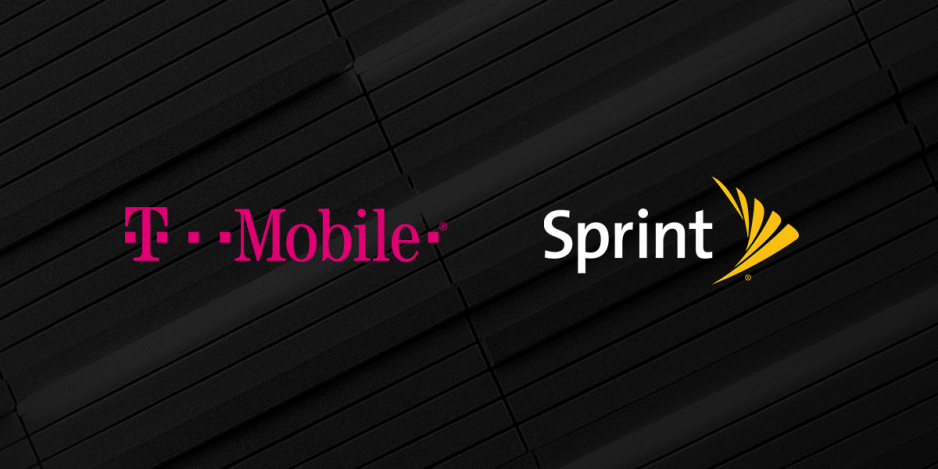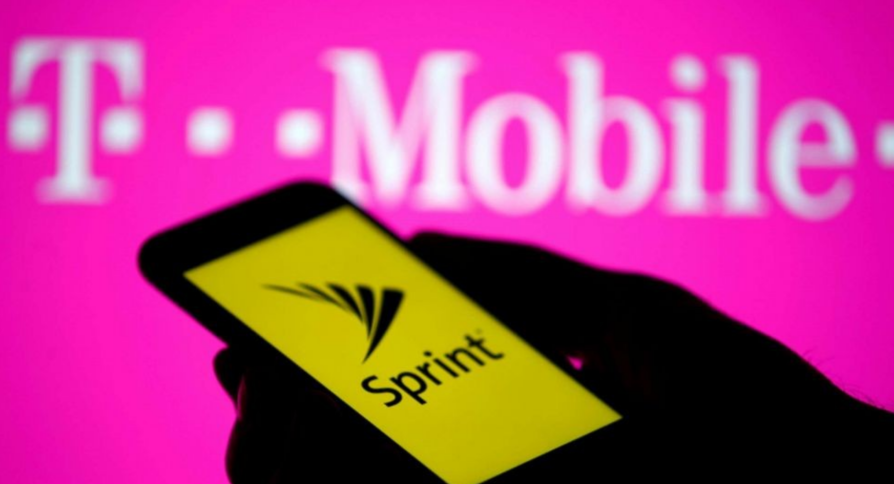This month Sprint merged with T-Mobile and are now one company under the T-Mobile banner. The deal is years in the making. T-Mobile launched its bid for Sprint in 2018, after having been rebuffed previously by federal regulators, according to the Associated Press.

The completed merger now leaves three major U.S. wireless company – AT&T, Verizon and T-Mobile. A group of state attorneys general had previously tried to block the deal, arguing that having one fewer phone company would cost Americans billions of dollars in higher bills, according to the Associated Press report.
But, there might be another large wireless company that comes out of the deal. As part of the plan for the U.S. Justice Department to sign off on the merger, Dish agreed to buy Sprint’s prepaid brand, Boost Mobile and acquire some wireless spectrum, which also gives Dish access to T-Mobile’s network for seven years while Dish builds its own 5G offering, according to C-Net. The purpose of that agreement is to create another nationwide carrier that could compete with the new T-Mobile, as well as with AT&T and Verizon, according to C-Net.
With the $26.5 billion merger in the books, the company has a new CEO, Mike Sievert, replacing John Legere, who had been CEO since 2012. Legere will continue as a member of the board of directors through June. Marcelo Claure, the former chairman of Sprint has also joined T-Mobile’s board of directors.
Under the terms of the transaction, Sprint shareholders will receive a fixed exchange ratio of 0.10256 T-Mobile shares for each Sprint share, or the equivalent of approximately 9.75 Sprint shares for each T-Mobile share. T-Mobile will trade on the Nasdaq on a combined basis under the ticker symbol “TMUS.”
The companies say it would take about three years to migrate customers over to the T-Mobile network, according to C-Net.
There are numerous T-Mobile, Sprint and Boost Mobile stores in the midstate.
From:PA



